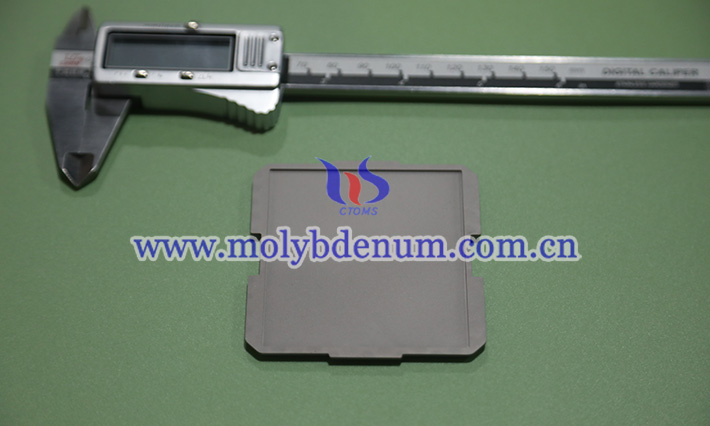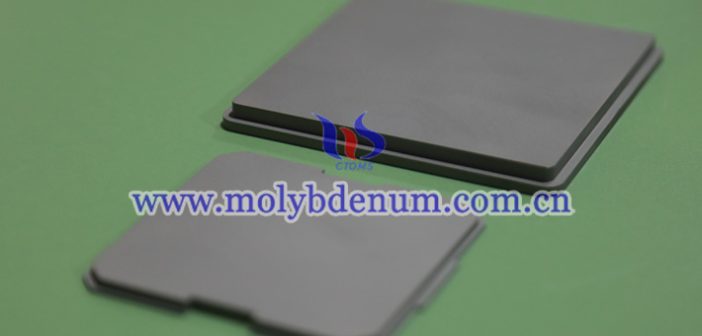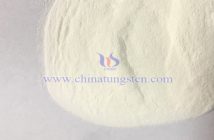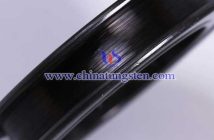Molybdenum-copper heat sink material has become an important part of high-power electronic devices due to its excellent thermal conductivity and high temperature resistance. Through precise manufacturing processes, such as powder mixing, sintering, hot pressing, etc., the comprehensive properties of molybdenum-copper composites can be effectively improved.
However, each step in the manufacturing process has a significant impact on the performance of the final material, so the process needs to be optimized according to the needs of different applications to ensure the stability and efficient heat dissipation performance of the molybdenum-copper heat sink material.
The properties of molybdenum-copper heat sink materials are highly dependent on their manufacturing process. Here are a few common processes that affect material properties:
1. Thermal conductivity
Thermal conductivity is one of the most important properties of molybdenum-copper composites, which directly affects their heat dissipation in high-power electronic devices. By precisely controlling the mixing ratio of the powder and the sintering temperature, the thermal conductivity of the material can be effectively improved. High-density composites generally have better thermal conductivity because there are fewer porosity and voids, which can be hindered by heat conduction.
2. Mechanical properties
The mechanical properties of molybdenum-copper composites include their strength, toughness and hardness. Due to the large difference in the coefficient of thermal expansion of molybdenum and copper, this can lead to deformation or cracking of the material at high temperatures. Therefore, a reasonable sintering temperature and hot-pressing process can help to reduce the problems caused by this thermal expansion mismatch and improve the mechanical strength and crack resistance of the material.

3. Antioxidant properties
The oxidation resistance of molybdenum-copper composites is particularly important in high-temperature environments. Molybdenum has strong oxidation resistance at high temperatures, but copper oxidizes easily at high temperatures. Therefore, it is necessary to control the proportion of copper content in the preparation process, and adopt measures such as surface protective coating to improve the stability and durability of the material at high temperatures.
4. Coefficient of thermal expansion
The matching of the coefficient of thermal expansion is the key factor affecting the properties of molybdenum-copper composites. The difference between molybdenum, which has a small coefficient of thermal expansion, and copper, which can lead to thermal stress concentrations in the material as the temperature changes. By rationally selecting the material ratio and optimizing the sintering process, the difference in thermal expansion coefficient can be effectively controlled, and the structural failure caused by temperature difference can be avoided.




